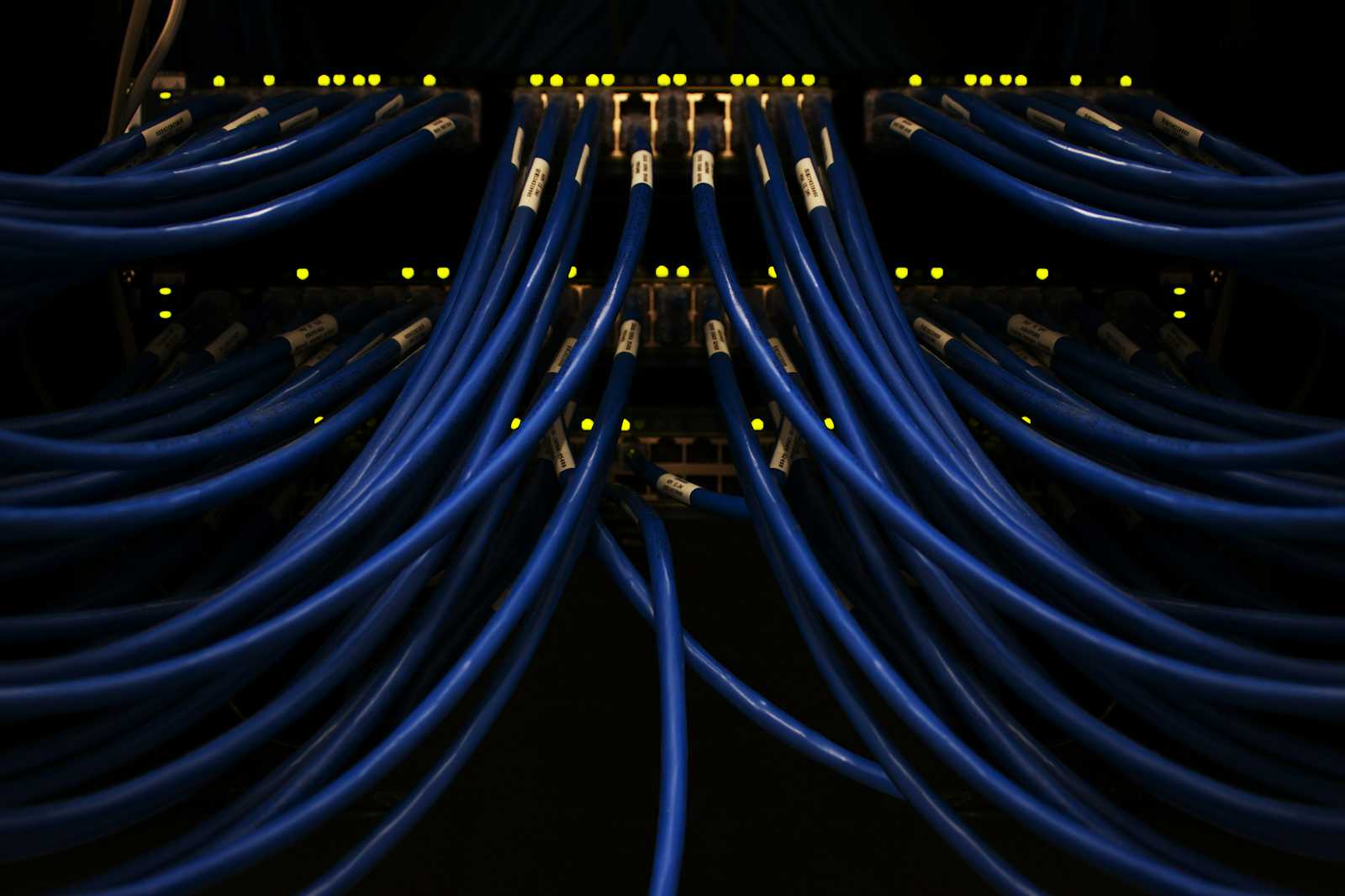An Easy Introduction to Event Driven Architecture
 Rohit Paul
Rohit Paul
Event-Driven Architecture (EDA) is a design approach that emphasizes the production, detection, consumption, and reaction to events within a system. This architecture style allows applications to be more scalable, responsive, and loosely coupled, making it particularly suitable for complex systems. In this article, we will explore the fundamental concepts of EDA, its benefits, and how it can be applied effectively in software development.
What is Event-Driven Architecture?
At its core, Event-Driven Architecture revolves around the idea of events, which are signals that indicate a change in state within a system. For example, an event could be something like "User Signed Up" or "Order Placed." These events are immutable, meaning they cannot be altered once created, which simplifies the management of state across distributed systems.
Key Components of EDA
Event Producers: These are components that generate events. Examples include user interfaces, microservices, and IoT devices. When an event occurs, the producer emits it to the system.
Event Consumers: These components listen for and react to events. They can trigger workflows, update databases, or perform analyses based on the events they receive.
Event Brokers: An event broker acts as an intermediary that manages the flow of events between producers and consumers. It ensures that events are delivered reliably and efficiently, allowing for decoupled communication.
Event Channels: These are pathways through which events travel from producers to consumers. They can be implemented using message queues or publish/subscribe systems.
Benefits of Event-Driven Architecture
1. Loose Coupling
One of the primary advantages of EDA is loose coupling between components. In traditional architectures, components often depend on each other synchronously, meaning one component must wait for another to respond before proceeding. In contrast, EDA allows components to operate independently. For instance, if a user places an order, the order service can emit an "Order Placed" event without waiting for payment processing to complete. This independence reduces the risk of one component's failure affecting others, enhancing overall system resilience.
2. Scalability
Event-Driven Architecture is inherently scalable. As the number of events increases, you can easily add more consumers to handle the load without modifying the event producers. This horizontal scaling is crucial for applications that experience fluctuating traffic, such as e-commerce platforms during sales events.
3. Real-Time Processing
EDA enables real-time processing of events. Applications can react immediately to user actions or system changes, providing a more interactive experience. For example, in a chat application, messages can be sent and received instantly, enhancing user engagement.
4. Flexibility and Extensibility
With EDA, adding new features or integrating with external services becomes easier. Since components communicate through events, developers can introduce new event consumers without altering existing ones. This extensibility allows for rapid development and deployment of new functionalities.
5. Improved Analytics
Event-driven systems can collect valuable data about user interactions and system performance. By analyzing events, businesses can gain insights into user behavior, identify trends, and make data-driven decisions to optimize their applications.
Challenges of Event-Driven Architecture
While EDA offers numerous benefits, it also presents challenges that developers must address:
Complexity: Managing numerous events, event handlers, and message routing can complicate the architecture. Developers need to implement robust monitoring and debugging tools to manage this complexity effectively.
Event Ordering: Ensuring that events are processed in the correct order can be challenging, especially in distributed systems. Developers must implement strategies to maintain event order and consistency.
Error Handling: Asynchronous processing can lead to difficulties in error handling. Implementing retry mechanisms, dead-letter queues, and circuit breakers is essential to ensure resilience.
Latency: The asynchronous nature of EDA may introduce latency in some cases. Developers need to optimize event processing to minimize delays.
Conclusion
Event-Driven Architecture is a powerful paradigm that transforms how applications are built and interact with each other. By leveraging events, developers can create systems that are scalable, responsive, and loosely coupled. While there are challenges to overcome, the benefits of EDA—such as real-time processing, flexibility, and improved analytics—make it an attractive choice for modern software development. As businesses continue to seek ways to enhance their applications and user experiences, EDA will play a crucial role in shaping the future of software architecture.
Subscribe to my newsletter
Read articles from Rohit Paul directly inside your inbox. Subscribe to the newsletter, and don't miss out.
Written by
